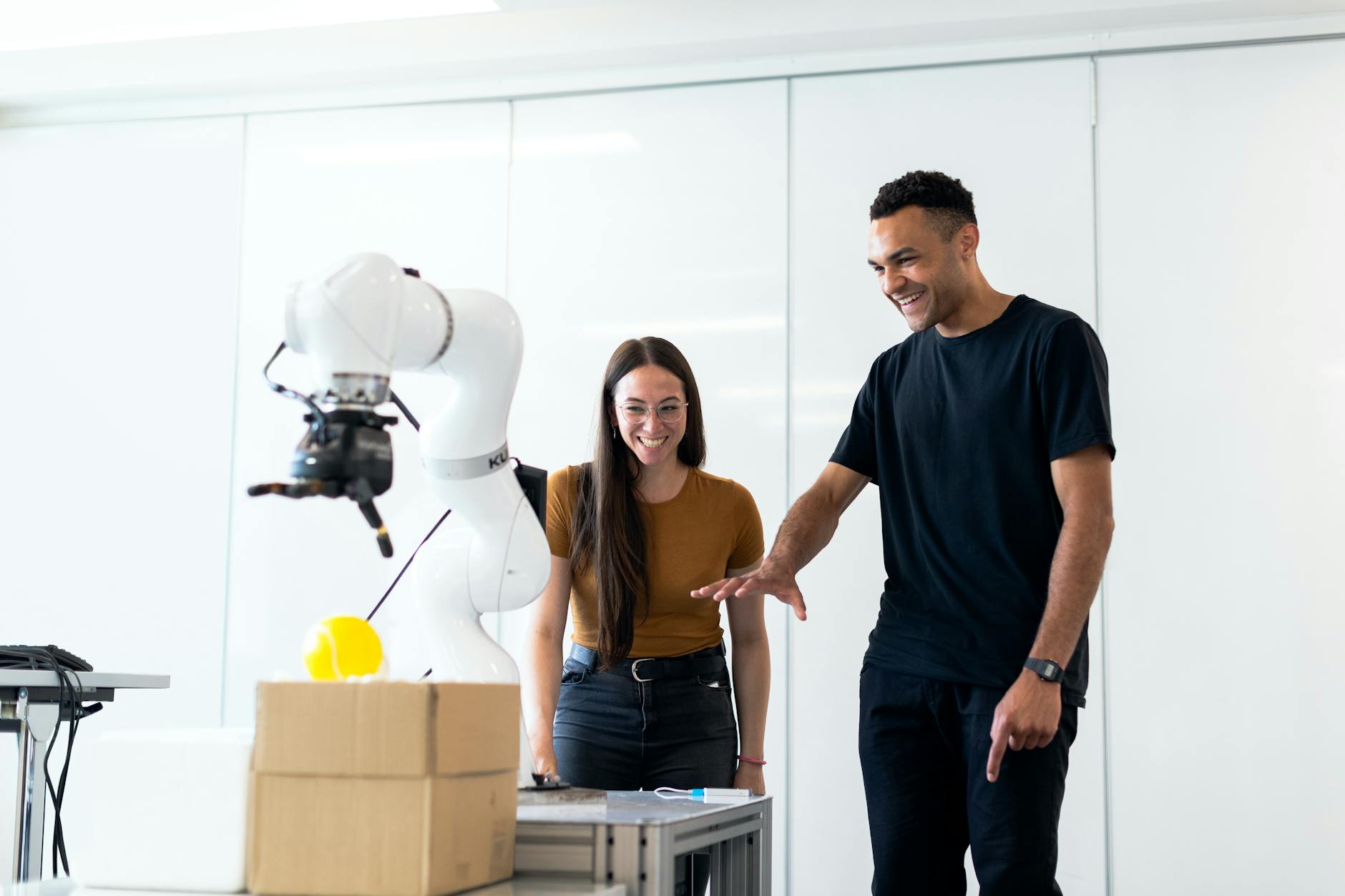Runway’s AI Design Pitch: Empowering Artists, Or Just Redefining Their Labor?

Introduction: TechCrunch Disrupt 2025 is once again set to hum with the familiar crescendo of innovation hype, particularly around its new “AI Stages.” While Runway co-founder Alejandro Matamala Ortiz promises a “design-first” approach to AI that “empowers human expression,” it’s time we peel back the layers of marketing veneer and ask what this truly means for the creative industries.
Key Points
- The “empower, not replace” narrative, while reassuring, often masks a fundamental shift in the nature of creative work and a redefinition of necessary human skills.
- The claim of “transforming industries” via “intuitive, artist-friendly” AI raises questions about the long-term impact on the vast pool of traditional creative professionals and nascent talent.
- A significant challenge for “design-first” generative AI lies in overcoming algorithmic biases and preventing the homogenization of creative output, potentially stifling true originality.
In-Depth Analysis
The buzz surrounding Alejandro Matamala Ortiz’s appearance at TechCrunch Disrupt is palpable, fitting perfectly within the dominant narrative of AI as an empowering, democratizing force for creativity. Runway, with its emphasis on “design-first” principles, positions itself as a benevolent partner to artists and marketers, promising tools that “empower — not replace — human expression.” This is a carefully constructed message designed to soothe anxieties about job displacement while simultaneously hyping the transformative power of generative AI.
But a seasoned observer can’t help but feel a sense of déjà vu. Every wave of automation has been pitched as an enhancement, yet invariably, it reconfigures the labor landscape, often consolidating power and expertise into fewer hands, or at least dramatically altering the skillset required to participate. What does “design-first” truly entail for a generative AI tool? Is it merely a highly polished user interface built atop increasingly sophisticated but opaque algorithms? Or does it genuinely imbue the AI models with a deeper understanding of aesthetics, narrative, and nuanced human intent beyond mere prompt interpretation? The marketing suggests the latter, yet the underlying technology often indicates the former.
Runway’s promise of “intuitive, artist-friendly AI experiences” that are “transforming industries, from film to marketing,” is a bold claim that demands scrutiny. While AI undeniably streamlines specific tasks, such as rotoscoping, motion tracking, or even generating preliminary concepts, the leap from task-specific efficiency to “transforming industries” implies a more profound shift in the creative process itself. Are we seeing a true augmentation of human artistic genius, or a gradual delegation of core creative decisions to machines, leaving humans to become highly skilled AI operators and prompt engineers rather than originators? The line is blurring, and the current narrative tends to emphasize the “augmentation” while downplaying the “delegation.”
Furthermore, the very concept of “redefining what creativity looks like in the age of machines” opens a Pandora’s Box of questions. While new tools always influence artistic output, AI’s capacity for rapid iteration and amalgamation of existing data could, ironically, lead to a flattening of creative diversity. If AI learns from vast datasets of human-created content, how does it generate truly novel, distinct, or counter-cultural work without explicit, and often laborious, human intervention? The “accessible, cutting-edge creative software” touted by Runway must navigate these complex waters, ensuring that ease of use doesn’t come at the cost of genuine artistic originality and diversity, or worse, inadvertently perpetuate algorithmic biases embedded in its training data.
Contrasting Viewpoint
From the perspective of a seasoned indie filmmaker or a freelance graphic designer, Runway’s promise of “empowerment” might ring hollow. While large studios with ample budgets can absorb new tools and redefine roles, many individual creatives operate on razor-thin margins. The perceived “accessibility” often comes with high subscription costs or demands for powerful, expensive hardware. For these professionals, “artist-friendly” AI might simply mean another tool they must master to remain competitive, potentially displacing entry-level roles or devaluing the unique human touch that once commanded higher fees. A skeptic might argue that AI, despite its design-centric veneer, pushes creatives further into a workflow defined by machine efficiency, potentially prioritizing speed and volume over the painstaking craft and unique vision that defines true artistry. The ethical quagmire of copyright, deepfakes, and fair compensation for original training data also remains a persistent, uncomfortable undercurrent to this narrative of AI utopia.
Future Outlook
Over the next 1-2 years, generative AI tools like Runway will undoubtedly become more sophisticated, integrating more seamlessly into existing creative workflows. We’ll see further automation of tedious tasks, and the bar for basic content generation will lower considerably. This means a bifurcation: those who master these AI tools will gain significant efficiency advantages, while those who cannot adapt, or whose roles are primarily focused on the tasks AI excels at, will face immense pressure. The biggest hurdles will be less about technical capability and more about ethical frameworks, copyright law, and the economic restructuring of creative industries. Expect continued debates around authorship and originality, and a growing demand for “human-curated” or “AI-free” content as a premium differentiator. True “transformation” hinges not just on the tools, but on how society collectively decides to value and regulate machine-assisted creativity.
For more context, see our deep dive on [[The Shifting Economics of Creative Labor]].
Further Reading
Original Source: Where AI meets design: Runway co-founder Alejandro Matamala Ortiz takes the AI Stage at TechCrunch Disrupt 2025 (TechCrunch AI)